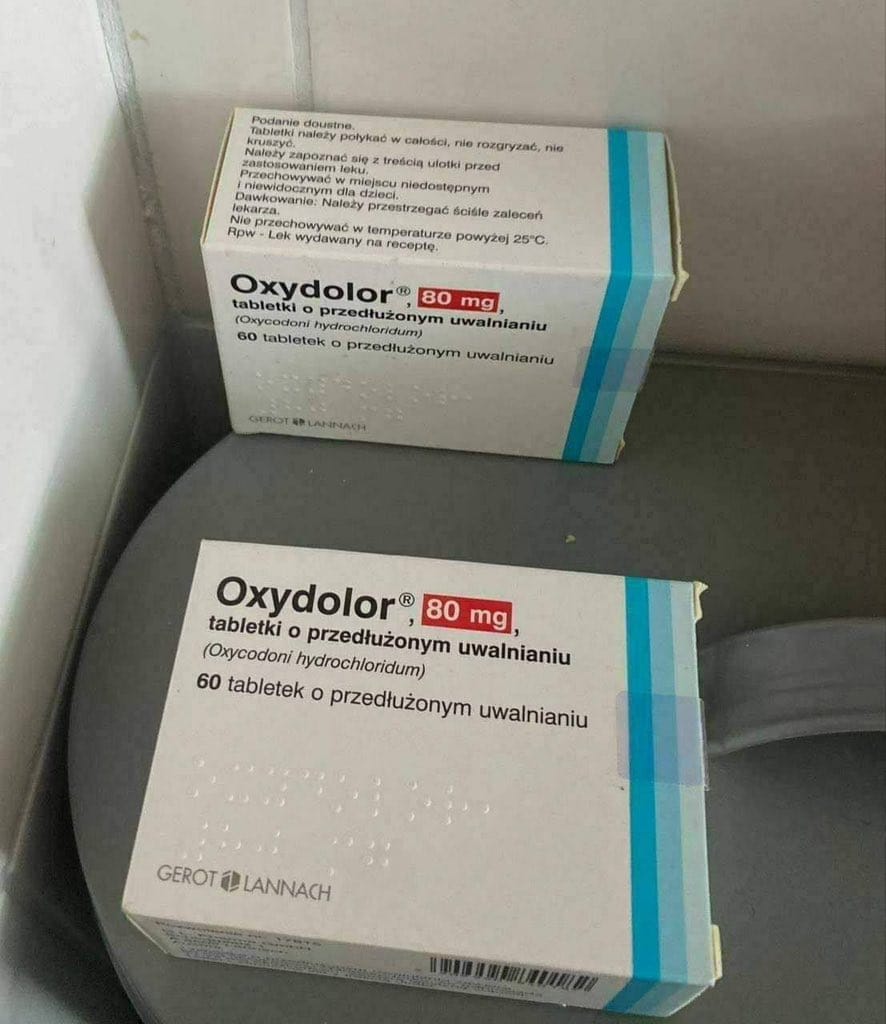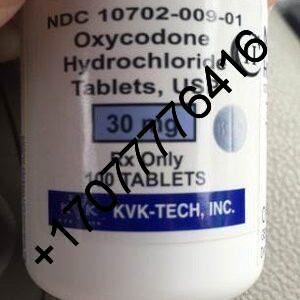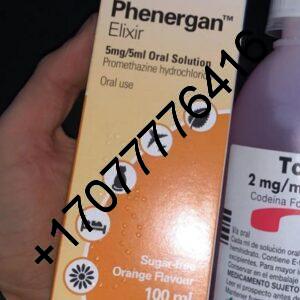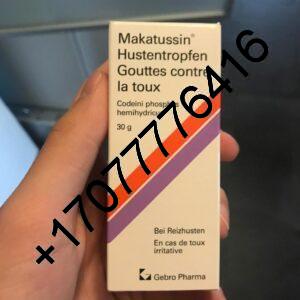Description
What is Oxydolor OC 80’s?
Oxydolor OC 80’s belongs to opioid painkillers . It is available only on prescription, which includes narcotic drugs. The preparation is in the form of prolonged-release tablets and is available in doses:
- 5mg,
- 10mg,
- 20mg,
- 40mg,
- 80mg.
Each pack contains 60 tablets.
The active substance contained in the drug is oxydone hydrochloride . It affects receptors located in the brain and spinal cord, causing a calming and anesthetic effect. The advantage of Oxydolor 10 tablets and other prolonged-release doses is the fact that the pain symptoms disappear for a much longer period of time.
Composition of the preparation
The active substance and excipients contained in the core are the same in all Oxydolor doses, while the composition of the shell is different for each dose.
Oxydolor prolonged-release tablets contain 5 mg, 10 mg, 20 mg, 40 mg or 80 mg of oxycodone hydrochloride, respectively.
Excipients in the tablet core: Kollidon SR (polyvinyl acetate, povidone (K=27.0 – 32.4), sodium lauryl sulfate, silica), microcrystalline cellulose, colloidal anhydrous silica and magnesium stearate.
5 mg tablet coating: polyvinyl alcohol, talc (E553b), titanium dioxide (E171), macrogol 3350, soya lecithin (E322), yellow iron oxide (E172), black iron oxide (E172), indigo carmine (E132), aluminium lake.
Tablet coating 10 mg: polyvinyl alcohol, talc (E 553b), titanium dioxide (E171), macrogol 3350, soy lecithin (E 322).
20 mg tablet coating: polyvinyl alcohol, talc (E553b), titanium dioxide (E171), macrogol 3350, soya lecithin (E322), yellow iron oxide (E172), black iron oxide (E172), red iron oxide (E172).
40 mg tablet coating: polyvinyl alcohol, talc (E553b), titanium dioxide (E171), macrogol 3350, soya lecithin (E322), yellow iron oxide (E172), black iron oxide (E172), red iron oxide (E172).
80 mg tablet coating: polyvinyl alcohol, talc (E553b), titanium dioxide (E171), macrogol 3350, soya lecithin (E322), yellow iron oxide (E172), black iron oxide (E172), indigo carmine (E132), aluminium lake.
Oxydolor use
Oxydolor 5 mg, but also stronger doses, should be used according to the doctor’s recommendations. The appropriate dosage is determined based on the patient’s medical history, the reasons for administering the drug, but also whether the patient has previously taken opioid drugs. The key issue for determining the dose is the intensity of the pain and the patient’s individual sensitivity to the drug. The drug is administered to adults, adolescents and children over 12 years of age. It is most often recommended that the initial dose is 10 mg (or in some cases 5 mg) every 12 hours. In patients who have already taken opioids, the initial dose is determined individually. It happens that certain groups of patients require the use of accelerated release agents initially to better tolerate pain, because Oxydolor is not suitable for immediate therapy. If in patients treated with Oxydolor it is necessary to supplement the therapy with pain-relieving drugs more often than twice a day, then it is necessary to consider increasing the dose, e.g. to Oxydolor 20 or higher.
The dose should be increased according to the principles determined by the doctor. Patients with cancer pain may require a significant increase in dosage. The duration of therapy with an extended-release drug should be as short as possible. In people whose disease type is known to require long-term treatment, the importance of further treatment should be regularly monitored and the necessary doses monitored if necessary. In patients whose condition has improved and who can discontinue treatment, it should be remembered that the drug is not discontinued radically. The dose should be gradually reduced until it is completely discontinued. This significantly reduces the risk of withdrawal symptoms. Taking Oxydolor extended-release tablets is not dependent on meals, although it can be combined with them. The drug should be taken with an appropriate amount of fluid, preferably water, and swallowed whole. The tablets should not be crushed, divided or chewed.
Oxydolor side effects
Like any drug, Oxydolor can cause side effects. The most common side effects include headaches, dizziness, drowsiness, vomiting, constipation, nausea, and itching. In addition, there have been cases of appetite disorders, from decreased appetite to anorexia, behavioral disorders, such as confusion, anxiety, depression, nervousness, and thought process disorders.
Some patients also complained of tremors, shortness of breath, dry mouth or low blood pressure, weakness or increased sweating. Much less frequently, hypersensitivity, agitation, emotional instability, low libido , hallucinations, memory problems, increased muscle tension and syndrome of inappropriate secretion of antidiuretic hormone occurred. The use of high doses of opioid-based drugs, especially over a long period of time, may be associated with the risk of addiction.
The described side effects also included disturbances in speech, taste, lacrimation and miosis, as well as vertigo of labyrinthine origin, various types of heart rhythm disturbances, shortness of breath and even respiratory depression.
Oxydolor during pregnancy
Opioid-based drugs should not be used during pregnancy. In cases of absolute necessity, treatment may be started, but newborns should be monitored closely. Women who were given drugs during pregnancy, mainly in the last 3-4 weeks, are at increased risk of respiratory depression. In addition, withdrawal symptoms have appeared in children whose mothers used Oxydolor during pregnancy.
Oxydolor and breastfeeding
The drug should not be used in breastfeeding women. The active substance penetrates very well into breast milk, which can cause respiratory depression in children. The need to administer opioid drugs to the mother should be tantamount to giving up breastfeeding.
Oxydolor and alcohol
Oxydolor has a moderate interaction with alcohol. The drug affects the CNS, which in combination with alcohol may lead to the intensification of depressive symptoms or risk to the respiratory system. Therefore, alcohol consumption is not recommended during therapy.
Distribution in Poland: GL Pharma GmbH Sp. z o. o., Branch in Poland
The above article is for informational purposes only and cannot replace reading the drug leaflet or visiting a doctor. Always read the leaflet enclosed in the package before use or consult a doctor or pharmacist, as any drug used improperly threatens your life or health.





Reviews
There are no reviews yet.